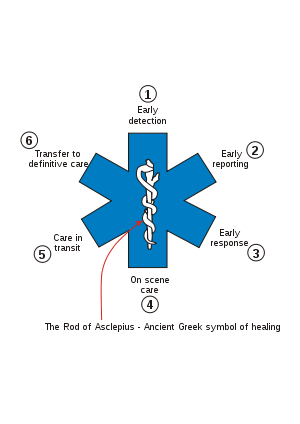Tool manufacturers just keep coming up with more powerful tools for doing those outdoor jobs, whether at home, doing landscape work, or in the field. Lawn Rangers, listen up!
Power grass/weed trimmers have enough power to sling sticks, rocks, and other debris, which can get in the operator’s eyes, or injure someone standing by. Goggles should be worn when operating trimmers.
A newer type of tool is the brush cutter, which use rigid cutting blades, rather than plastic string lines that are used on trimmers. In addition to cutting through heavier brush, etc. they can also cut arms, hands, and legs. Persons operating this tool should wear protective clothing in addition to eye goggles, and others need to stay away while the brush cutter is being operated.
Riding mowers are the remedy for cutting grass in larger yards. Persons purchasing their first riding mower should become familiar with all its features before taking off. Only responsible persons should use riding mowers. The area to be mowed should be cleared of limbs and things that could possibly be thrown by the blades of the mower. Riding mowers are capable of amputating hands and feet, so extreme caution should be used. It’s not a good idea to carry passengers on the mower. Again, goggles protect your eyes.
Power mowers are another type of tool that the operator needs to understand before starting it. Be sure there are no young children in the area, and remove objects such as big sticks, etc.
Make certain it is full of fuel before starting; never refuel while it is running or the engine is hot. Wear good shoes, not flip-flops. Also, don’t cut grass while it is wet, as it can bunch up and damage the mower. (Remember, the goggles!)
It’s great to have these great tools, but please don’t be a part of the thousands in the “power parade” that march, (or limp) in to the emergency room! Play it safe!
